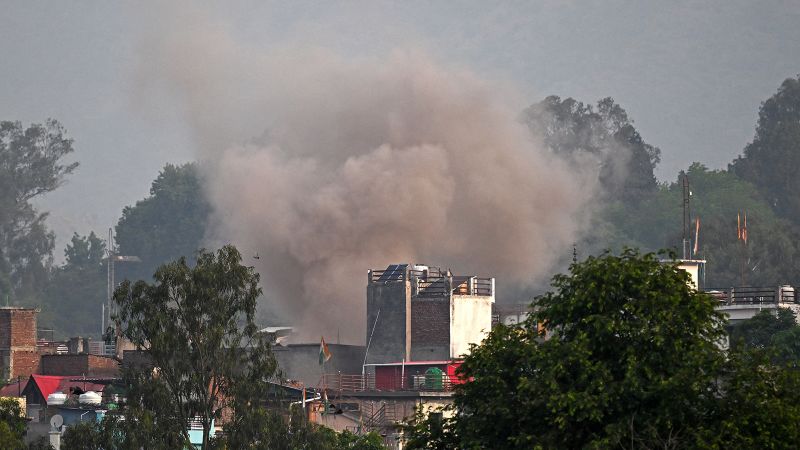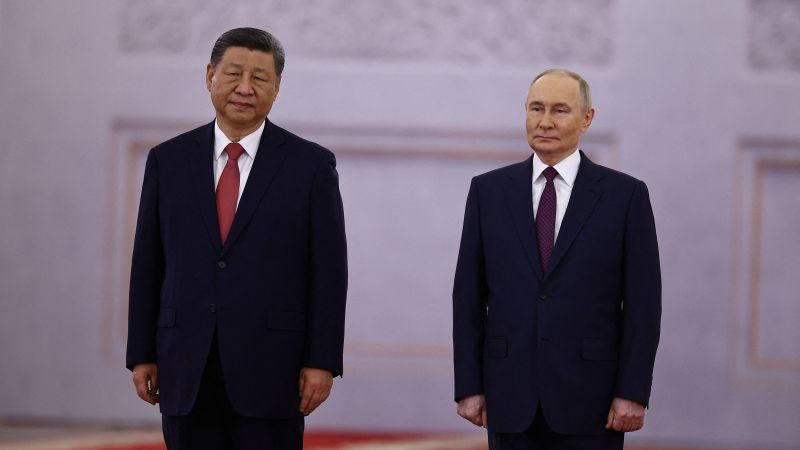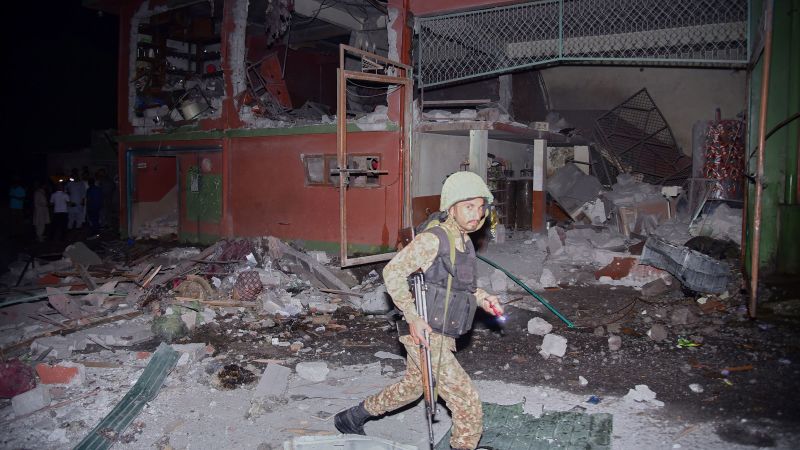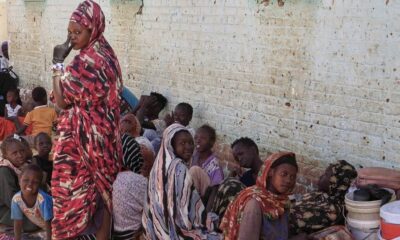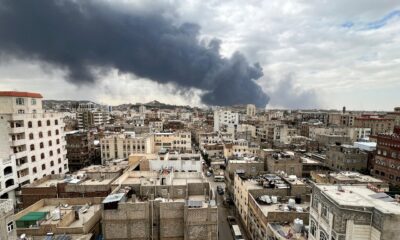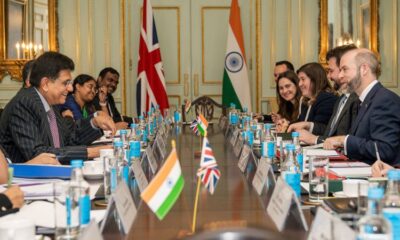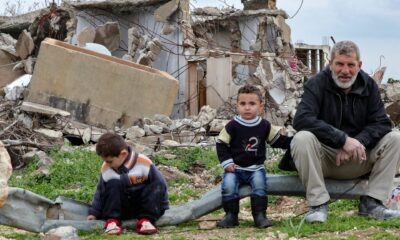CNN
—
A tense silence settled over India and Pakistan as millions woke Thursday: no more missiles had been fired, schools in most areas had reopened and both sides appeared to be claiming victory.
It was a stark difference to the day prior, when palpable panic rocked both nations after New Delhi launched targeted military strikes on its neighbor, while Islamabad claimed it had shot down its rival’s fighter jets.
“Strokes of justice,” ran an editorial from one of India’s leading English newspapers commending the country’s “sharp” and “resolute” response to the massacre of 26 people in Indian-administered Kashmir, at the hands of militants. A headline from The Indian Express echoed a similar tune: “Justice Served” it said across the front page.
In Pakistan, the response from Prime Minister Shehbaz Sharif was more bellicose.
He has vowed to “avenge” the deaths of 31 people Pakistan says were killed in India’s strikes but still appeared to declare triumph for its apparent shooting of India’s airplanes.
“It only took a few hours for the enemy to fall on its knees,” he said in a late-night address to the nation.
India says it struck “terrorist infrastructure” belonging to two Islamist groups – Lashkar-e-Tayyiba and Jaish-e-Mohammed – who have been accused of being behind some the deadliest militant attacks on the country. Wednesday’s strikes did not target military infrastructure and didn’t kill civilians, New Delhi said, potentially giving India and Pakistan an opportunity to find a way to avoid an all-out war.
One location India struck was deep in Pakistan’s Punjab province, the deepest attack in Pakistan’s undisputed territory since both countries fought a major war in 1971. It also targeted multiple other locations in Punjab – the heartland of the powerful military and home of the Sharif government – and hit a mosque, according to Pakistani officials, angering millions in the Muslim-majority nation.
What happens now, analysts say, mostly depends on Islamabad’s next move.
“All eyes are on Pakistan,” said Washington-based South Asia analyst, Michael Kugelman. “If it decides to save face and claim victory — perhaps by pointing to the downing of Indian jets (which New Delhi has not confirmed) — and call it a day, an off ramp could be in sight.”
But he warned “all bets would be off” should Pakistan decide to strike back.

Most analysts agree the nuclear-armed neighbors cannot afford another battle.
India and Pakistan have already fought three wars over Kashmir, a contested region they both claim in its entirety and each control a part of. Another conflict could have catastrophic consequences.
Since its birth seven decades ago in the partition of what was British India, Pakistan – now home to 230 million people – has faced mounting challenges, from political instability to an alarming militant insurgency, climate catastrophes and economic disarray.

India is seemingly in a stronger position; its military is seen as superior in any conventional conflict based on number alone and it boasts an economy more than 10 times the size of Pakistan’s. But it too would have something to lose should the conflict escalate, according to Tanvi Madan, a senior fellow in the Foreign Policy program at the Brookings Institution.
“Largely on the basis of what we’ve seen in previous times, these are two rational actors who don’t want a broader war,” Madan said.
India’s Prime Minister Narendra Modi has vowed to elevate India’s status on the global stage, bidding to host the Olympics and seeking to overtake China as the world’s manufacturing hub.
Not to mention, India already faces security threats on multiple fronts — particularly along contested borders with China.
Analysts say there are signs both countries are serious about de-escalation. But any further retaliation from either side could quickly spiral into an all-out conflict. Both sides, for example, have continued to exchange fire across the de factor border in Kashmir.
India was quick to project that its response to the April 22 massacre was “focused, measured and non-escalatory” and make clear that they were in response to the tourist’s massacre.
Top officials in New Delhi reached out to key counterparts in the United States, Middle East and Russia, among others, “presumably to encourage international pressure for Pakistan to avoid escalation,” said Nisha Biswal, Senior Advisor at The Asia Group.
In a sign of a return to normalcy after the strikes, Pakistan said it reopened its airspace and schools across the country, and it appeared to be business as usual on the streets in the capital Islamabad on Thursday morning.
Pakistan’s leaders touted a victory by the country’s air force, saying five Indian fighter jets were shot down during an hour-long battle fought at ranges over 160 kilometers (100 miles).

India’s leaders have said little in response to those claims and have not acknowledged any aircraft losses. The Pakistanis have yet to show any evidence proving they downed fighter jets, but a French Defense Ministry source said at least one of India’s newest and most-advanced warplanes – a French-made Rafale fighter jet – was lost in the battle.
If there have indeed been losses for India, Pakistan could claim victory “even if the circumstances are murky,” said Milan Vaishnav, a senior fellow and director of the South Asia Program at the Carnegie Endowment for International Peace.
“This would allow Pakistan to claim it has imposed costs on Indian military targets.”
Yet, amid the fog of war, Pakistan’s powerful army general Asim Munir had already vowed to match any aggression from India.
And Munir, who is known for his hardline stance on Hindu-nationalist Modi, has a reputation of being more assertive than his predecessor Qamar Javed Bajwa.
Meanwhile there have been many voices within Modi’s Hindu nationalist party pushing for a decisive blow against Pakistan for years.
Kugelman, the South Asia analyst, said the US, which has historically interceded in these crises, could try to defuse the tension, but it’s unclear how much bandwidth the Trump administration is willing to allocate.
“China has called for de-escalation, but its fraught ties with India rule it out as a viable intermediary. The top mediator candidates are the Arab Gulf states, especially Qatar, Saudi Arabia, and the United Arab Emirates,” he said, given their strong ties with both nations.
Qatar was quick to urge diplomacy in the hours after Wednesday’s strikes.
While most analysts think there is an off-ramp for both nations, they all agree the situation remains fluid and tense.
“This crisis is as unpredictable as it is dangerous—an unsettling combination,” Kugelman added.

